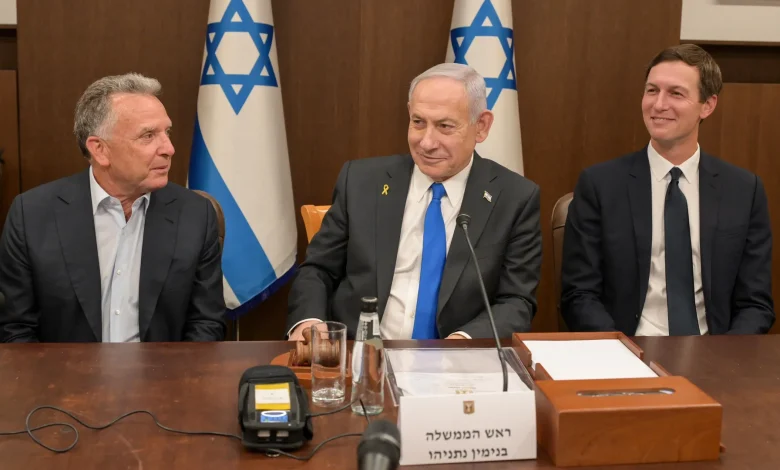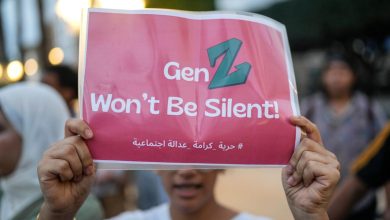
The Israeli government approved a deal early Friday to secure the release of all hostages held in Gaza, both living and deceased, following an hours-long delay during which Israeli airstrikes continued across Gaza until the final moments.
“The government has just approved the framework for the release of all the hostages — both the living and the deceased,” the prime minister’s office said in a statement.
Delays and Disputes
Initially set to begin at noon, the truce faced postponement after Prime Minister Benjamin Netanyahu’s office stated it would only take effect once the cabinet formally endorsed the agreement. Tensions escalated as a Hamas spokesperson warned that Israel was attempting to alter key elements of the ceasefire agreement. These changes included the timing, prisoner lists, and the return of displaced people, while also delaying commitments such as withdrawal and detainee releases.
Israeli media reported several hold-ups, with the most recent citing a meeting between Netanyahu, US President Donald Trump’s special envoy Steve Witkoff, and Trump’s son-in-law Jared Kushner. These figures have led Washington’s efforts to achieve a ceasefire in Gaza. The much-anticipated approval came shortly after an Israeli strike on the Sabra neighborhood, south of Gaza City, which killed four Palestinians, with about 40 others missing and believed to be trapped under the rubble, according to Gaza’s civil defense.
Phased Agreement for Hostage Exchange
Earlier, Trump announced that Israel and Hamas had agreed to the first phase of a Gaza deal, which involves the exchange of captives held in Gaza for Palestinian prisoners detained in Israel. The first phase will include a partial Israeli withdrawal to a so-called “yellow line,” reducing Israel’s control of Gaza to about 53% of the territory. Israel will carry out the withdrawal within 24 hours of the ceasefire’s approval, and both sides will conduct a captive–prisoner exchange within 72 hours.
In conclusion, the approval of the ceasefire marks a significant step toward resolving the ongoing conflict, but challenges remain as both sides navigate the complexities of the agreement.





